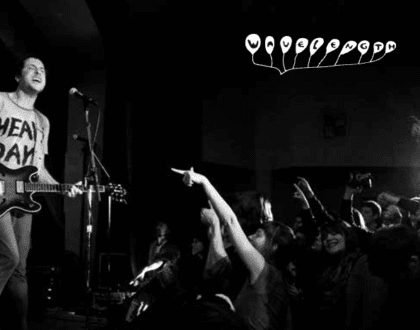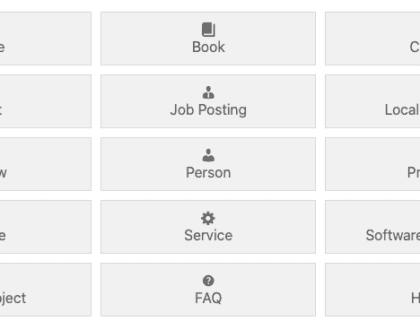Artificial Intelligence: The New Frontier for Not-for-Profit Organizations

by Jai Djwa
Artificial intelligence (AI) in not-for-profits is starting to emerge. AI is a great tool to help not-for-profits while also allowing them to make the most of their limited resources. I think AI should be in the future of every not-for-profit as it will have a major impact in the coming years.
First, let’s define what artificial intelligence actually means. Artificial intelligence is a branch of computer science concerned with creating intelligent machines that can think and behave like humans. While true artificial intelligence is a ways off, where an AI can mimic a human being, machine learning, natural language processing, speech and vision recognition, robotics and more are all forms of AI that are rapidly becoming part of our everyday life.
Not-for-profits are a great example of how AI can make a difference in people’s lives. From fundraising to predictive analytics, AI can be used to help not-for-profits achieve their goals. AI can be used to automate administrative tasks like scheduling meetings and creating reports. It can also be used to map out workflows more efficiently, optimizing their operations.
AI can help with fundraising by using chatbot technology to interact with donors and bring them up to date on their donations. AI can also be used to analyze data in order to improve and automate processes in the non-profit sector. It is increasingly being used to assist in the management decisions around donations and grants, analyze data, and maximize impact. It can be used to automate the grant application process, analyze grant applications and provide detailed grant reports.
One way AI can help not-for-profits is to detect fraud and analyze data more efficiently. AI can be used to quickly and accurately analyze data from transactions, donations, and other events, while also detecting any anomalies or signs of fraud. This can free up more time and resources for not-for-profits to use elsewhere. AI can also be used to optimize the effectiveness of fundraising campaigns. For example, it can determine which target audiences are more likely to respond, when to launch a campaign, and which platforms to use.
But while these are larger ideas, there are also more specific ideas.

A smart trick is to get an AI to generate a photo for a poster or for an article. Using a prompt can be tricky, but it’s a way to get an image that you want. For example, using Stable Diffusion is quite easy to put a prompt, like “photo of vancouver with a flood downtown” reveals this image.
Another way to use AI is to have it generate headlines for an article. Using a program like Lex, you use it to generate headlines that might have a better take on your article.
AI can also can help develop new ideas for programming such as generating ideas and even writing articles (like this one!) with tools like ChatGPT.
Using AI to help improve grammar and spelling is a tool like Grammarly. I use it even though I feel I have a strong sense of spelling and grammar. It isn’t great on personal voice or tone, but it can help sometimes in rewording awkward sentences.
It’s becoming more and more true AI can be used to more efficiently manage workflows and operations.
In summary, AI is becoming increasingly important for not-for-profits. It can help with fundraising, data analysis, fraud detection, optimizing campaigns, generating images/headlines and more. AI is the new frontier for not-for-profits, and I believe it will be revolutionary for how nonprofits accomplish their goals.
Recommended Posts

Strategic Direction for Wavelength Music
March 30, 2021

Event Plugins – a report on schema
September 29, 2020
